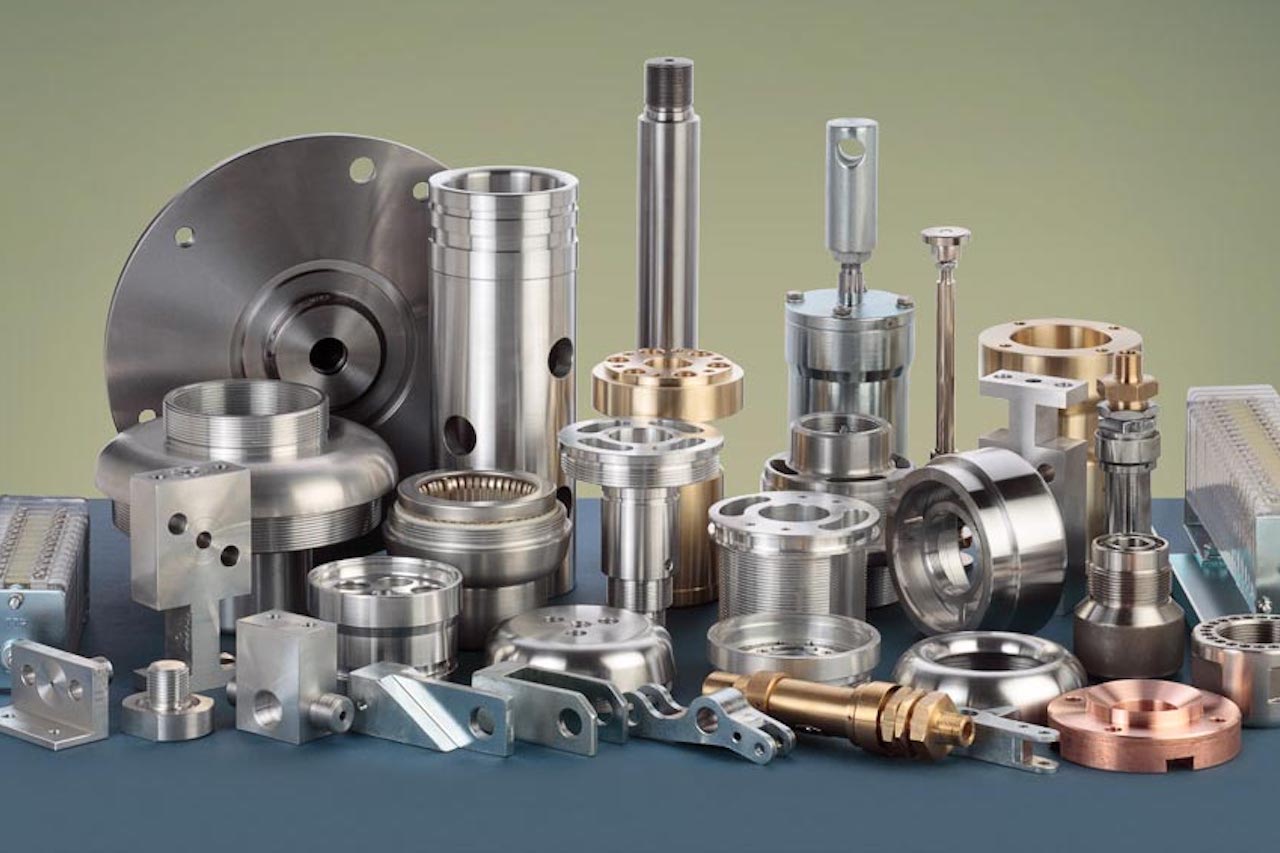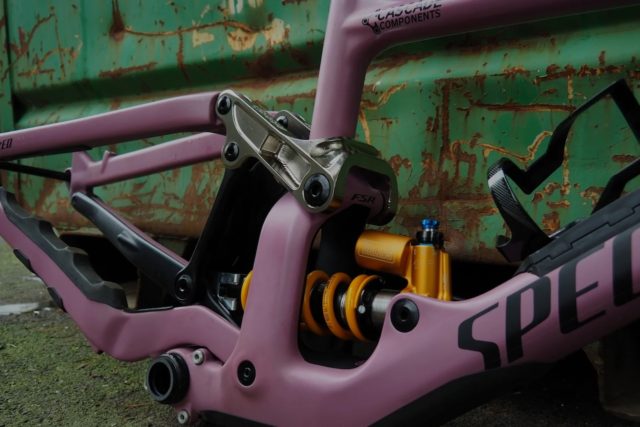In an increasingly customized world, the ability to create parts to precise specifications is paramount in many industries. Custom metal part manufacturing has revolutionized how businesses approach product development, enabling a level of precision and customization that is second to none. Custom parts can be tailored to unique requirements, ensuring the highest level of compatibility, performance, and efficiency.
Exploring the Manufacturing Techniques
A myriad of manufacturing techniques has evolved over the years, each with unique strengths and applicable scenarios.
- CNC Machining: One of the most widely used methods, CNC machining employs computer programming to control machine tools accurately. CNC machines can cut, drill, or shape metal piece into intricate designs that would be challenging to achieve otherwise.
- Metal Injection Molding (MIM): MIM is a process where a mix of metal powder and binder material is injected into a mold. Once formed, the part goes through a debinding phase to remove the binder, followed by a sintering stage to reach its final density. MIM is excellent for producing small, complex metal parts in large volumes.
- Sheet Metal Fabrication: This technique involves various methods such as bending, punching, cutting, and forming to create the desired product from sheet material. It’s often employed for parts requiring significant surface area or for those featuring bends or folds.
- Metal 3D Printing (Additive Manufacturing): A relative newcomer, metal 3D printing builds up the part layer by layer from a metal powder or filament. It’s an excellent technique for producing prototypes quickly or creating parts with complex, lightweight structures.
Choosing the Right Material
Material selection is an integral part of custom metal part manufacturing. The chosen material significantly influences the part’s durability, strength, weight, and resistance to corrosion, heat, and other environmental factors. Commonly used materials include aluminum, steel, titanium, and various alloys, each offering unique properties.
From Concept to Reality – The Manufacturing Process
Once you have your design and have chosen the right manufacturing technique and material, the custom metal part manufacturing process begins. Your digital design files are interpreted by the machines, which then execute the manufacturing process to exact specifications. CNC machines, for instance, follow the programming to cut, drill, or shape the metal piece.
Quality control is a critical aspect of this process. Manufacturers ensure the parts meet the predetermined specifications through various testing and inspection techniques. This might include dimensional checks, visual inspections, and even more sophisticated non-destructive testing methods for critical components.
Post-Processing and Finishing
Post-processing and finishing treatments can enhance the functionality and aesthetics of the custom metal part. Processes like heat treatment can enhance the part’s mechanical properties, such as hardness and durability. Surface treatments, like powder coating or anodizing, can improve corrosion resistance and add color. Polishing can enhance the part’s visual appeal.
Conclusion
Custom metal part manufacturing offers a level of precision and customization that is unparalleled in the industry. By utilizing advanced technologies and choosing the right materials, it allows for the production of high-quality, high-performance components that meet exact specifications. The collaborative effort between the client and manufacturer, combined with the rigorous process from design to post-processing, ensures that the final product meets the highest standards. With continuous advancements in technology and a strong focus on meeting unique customer needs, custom metal part manufacturing is indeed shaping the future of many industries.




